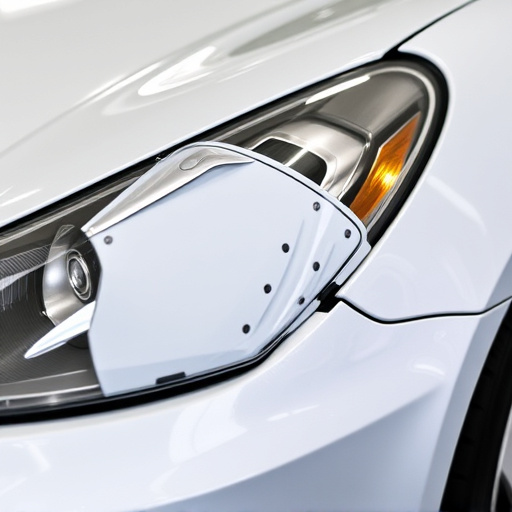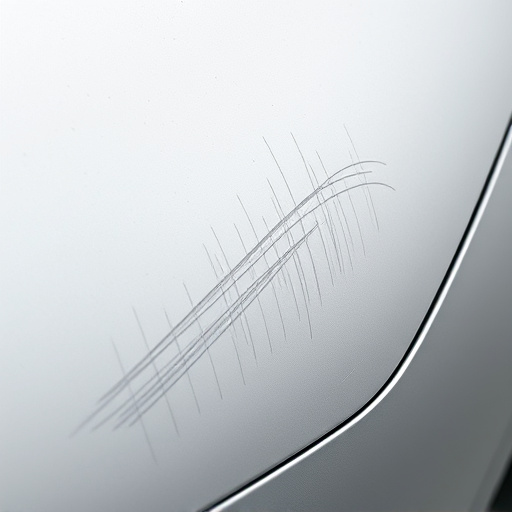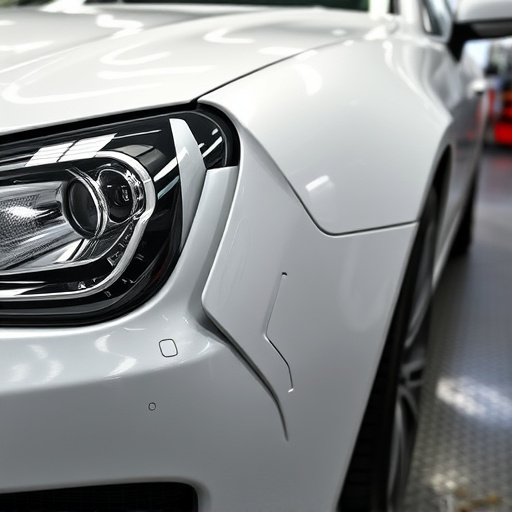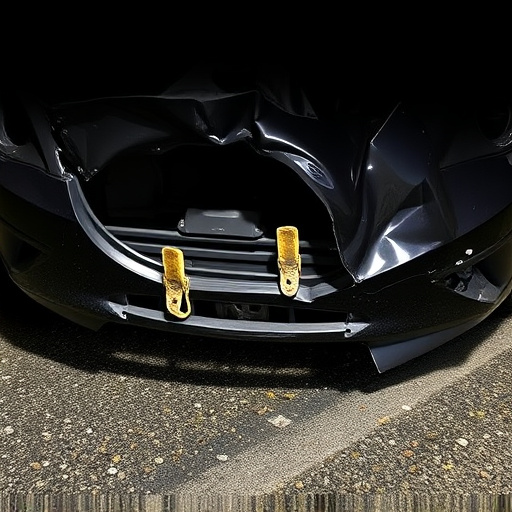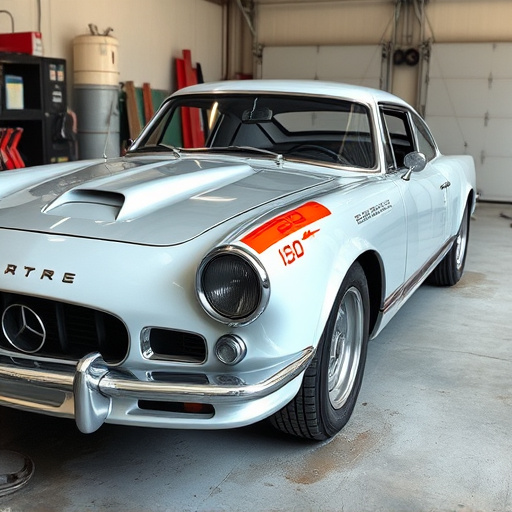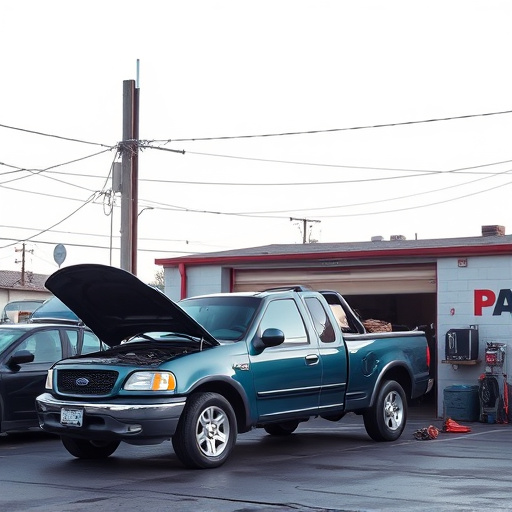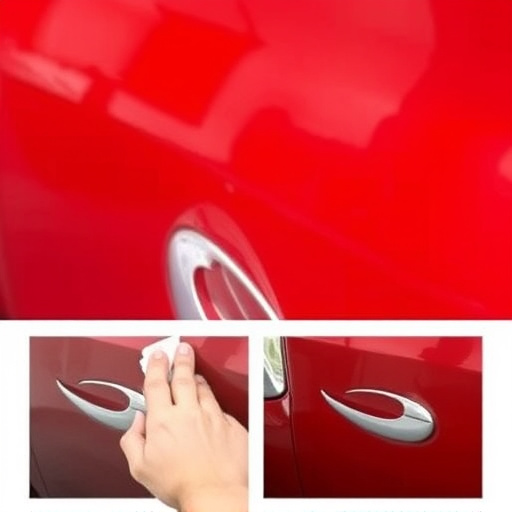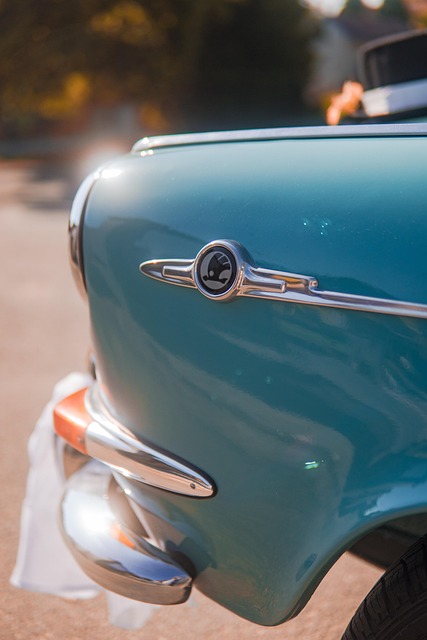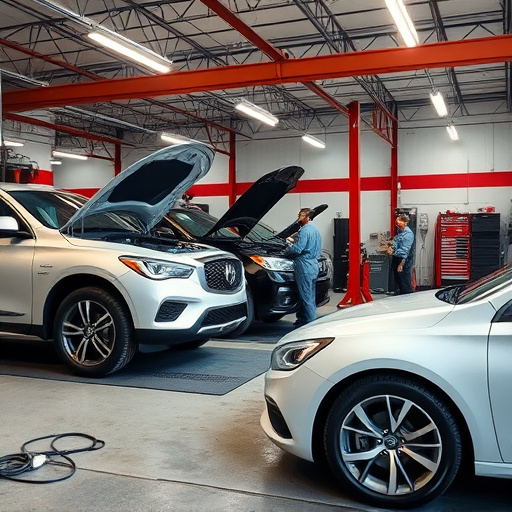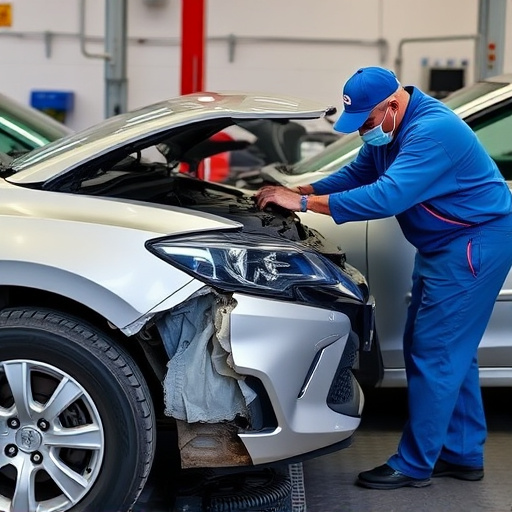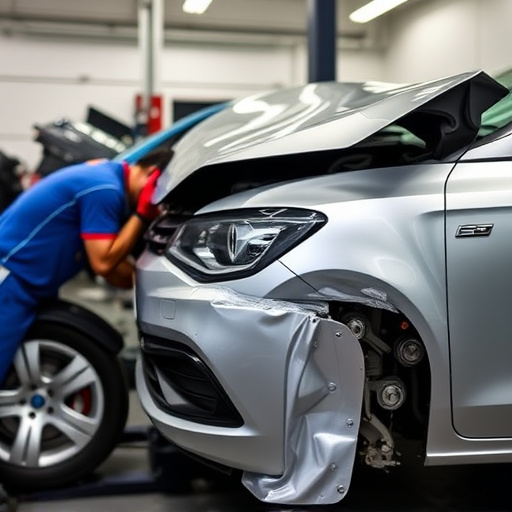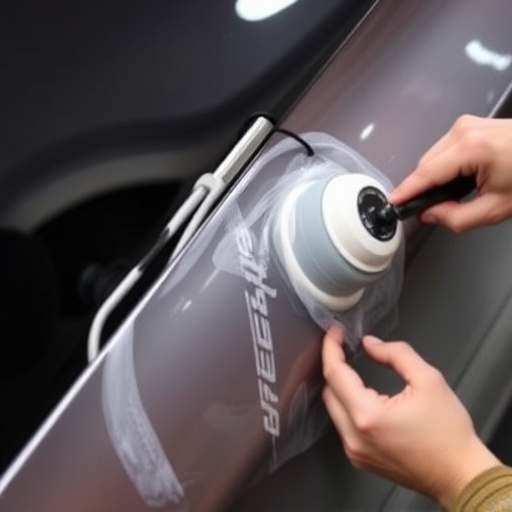UV paint curing systems revolutionize waterborne paint applications with swift chemical reactions, rapid hardening, and durable finishes. They cut drying times, enhance quality, improve adhesion, reduce blisters, and offer eco-friendly, safer working conditions. In automotive body repairs, UV systems streamline processes, deliver consistent high-quality finishes, meet tight deadlines, and are crucial for achieving meticulous standards in luxury brands. Best practices involve optimizing curing conditions and maintaining equipment for reliable, efficient results.
Discover the revolutionary power of UV paint curing systems for waterborne applications. This advanced technology is transforming industrial processes, offering unparalleled speed and efficiency. By harnessing ultraviolet light, UV curing systems dramatically reduce drying times and enhance productivity. In this article, we demystify UV paint curing technology, explore its numerous advantages, and provide implementation tips for optimal results.
- Understanding UV Paint Curing Technology
- Advantages of Using UV Systems for Waterborne Paints
- Implementation and Best Practices
Understanding UV Paint Curing Technology
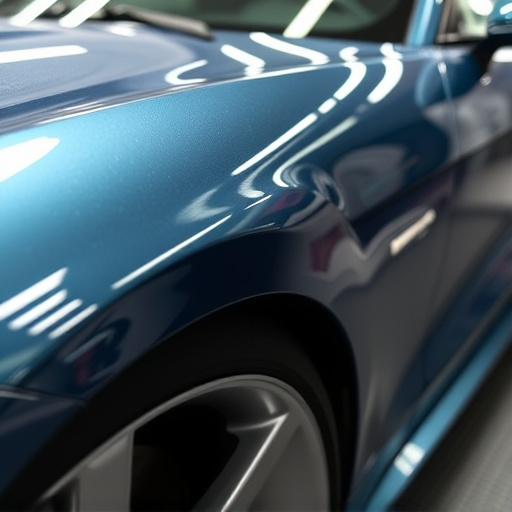
UV paint curing systems have revolutionized the way we approach waterborne paint applications, offering a swift and efficient alternative to traditional drying methods. This technology harnesses the power of ultraviolet (UV) light to initiate a chemical reaction within the paint, leading to rapid hardening. By exposing the wet paint to UV rays, molecular bonds are formed, resulting in a hard, durable finish. This process not only speeds up production time but also enhances the overall quality and longevity of the paint job, making it particularly appealing for industries like auto body repair and car dent repair, where efficiency and precision are paramount.
The benefits of UV curing extend beyond just faster drying times. It also improves paint adhesion to various surfaces, reduces the risk of blisters and bubbles, and provides a consistent finish. Moreover, UV paint curing systems are environmentally friendly, as they eliminate the need for toxic solvents commonly used in traditional painting processes. This not only makes them a preferred choice for auto body shops looking to adopt more sustainable practices but also ensures safer working conditions for technicians involved in car dent repair and other similar tasks.
Advantages of Using UV Systems for Waterborne Paints
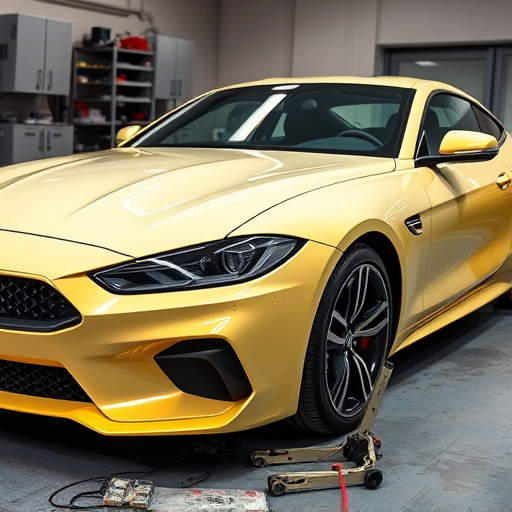
The adoption of UV paint curing systems for waterborne paint applications offers several compelling advantages. Firstly, UV technology significantly reduces drying times compared to conventional methods, enhancing productivity in both industrial and automotive repair settings. This speed is particularly beneficial in auto body shops, where quick turnaround times are essential for meeting customer demands.
Secondly, UV systems ensure consistent and superior quality finishes. The precise energy delivery of UV light promotes rapid hardening, resulting in smooth surfaces and reduced orange peel or other defects often associated with traditional drying methods. For example, consider the meticulous finishing required in a Mercedes-Benz repair—UV curing can help achieve that level of precision and aesthetics more efficiently.
Implementation and Best Practices
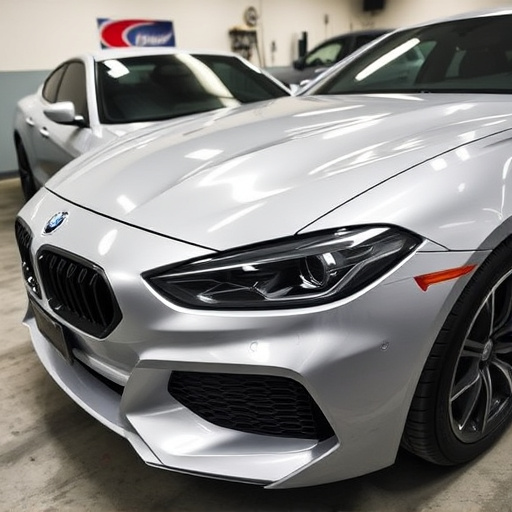
Implementing a UV paint curing system is a game-changer for waterborne paint applications, especially in automotive body shops dealing with frequent fender benders and bumper repairs. This technology offers a swift and efficient alternative to traditional drying methods, ensuring faster turnaround times without compromising quality.
Best practices suggest optimizing the curing process by controlling ambient conditions such as temperature and humidity. Ensuring sufficient light intensity for UV lamps is crucial, along with proper placement and duration of exposure. For automotive body shop applications, a careful balance between curing speed and paint integrity is vital, especially when dealing with intricate designs and curved surfaces. Regular maintenance of the UV curing equipment and adherence to manufacturer guidelines will guarantee consistent and reliable results, making it an ideal solution for efficient bumper repair operations.
UV paint curing systems offer a revolutionary approach to waterborne paint applications, providing numerous advantages such as faster drying times, reduced environmental impact, and enhanced durability. By understanding the technology and implementing best practices, manufacturers can optimize their production processes, improve product quality, and meet the growing demand for sustainable solutions. UV systems are not just a trend; they represent a significant step forward in the industry, ensuring a brighter and more efficient future for waterborne paints.

